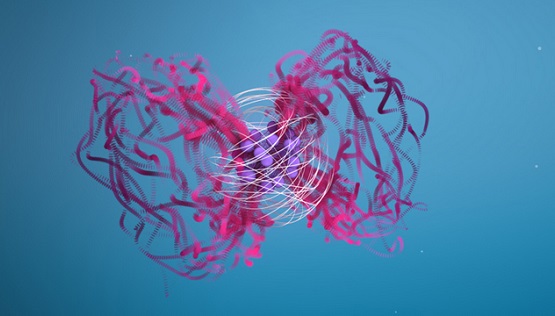- Home REN
- Home
-
Shop
-
Industries
- Processes
- Gases and Equipment
-
Services
-
Safety
-
Contact & Support
-
News & Media
- Agent Finder
Argon
Argon is an element found, among other things, in the Earth's atmosphere. It is a common noble gas that exists 500 times more than the next noble gas in the elemental table. Argon is also the third most common gas in the air that we breathe every day.
First noble gas
Argon is the first noble gas found. Like all noble gases, argon's electron shell has eight electrons. Atoms tend to enter this state by reacting with other atoms and sharing electrons. This is why argon is so stable. Argon is formed, for example, when unstable and radioactive potassium break down. It can therefore be used to determine the age of minerals and rocks in the so-called 'age'. potassium-argon assay.
Scopes
Argon is often used as a shielding gas because nitrogen is too reactive and other noble gases are too expensive. Argon is used, for example, when welding to protect material from other atmospheric gases, such as oxygen, nitrogen and water vapour. It is used as a shielding gas in filament lamps and is an important part of the splendor tubes in which it creates blue light. Argon is used in energy lamps and also in the food industry, above all as packaging gas. Because argon displaces oxygen and moist air as a heavy gas, the packaging keeps the food fresh for longer. The same method is used when storing wine in barrels. In medical care, liquid argon is used, for example, to destroy cancer cells. The blue argon laser can also be used to weld blood vessels, destroy tumors and operate the eyes.
Non-toxic , but still dangerous
Argon is a colourless, tasteless and odourless noble gas. It is not toxic, but when much heavier than air, it can displace oxygen from the breathing air, so in a state with a lot of argon there is a risk of suffocation. Due to this feature, argon is sometimes used in a relatively gentle way of slaughtering chickens.
